Top speed 333 km/h Length 8.64 m Manufacturer Lockheed Corporation | Wingspan 13 m First flight September 1930 | |
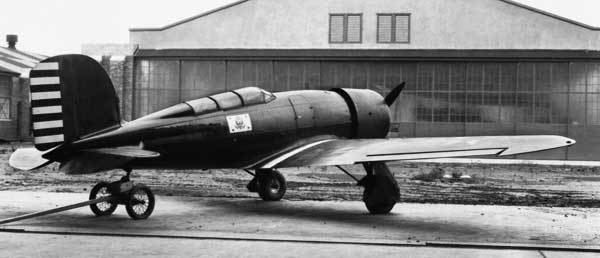 | ||
Lockheed altair flys at namfi 2012 smmac
The Lockheed Altair was a single-engined sport aircraft of the 1930s. It was a development of the Lockheed Sirius with a retractable undercarriage, and was the first Lockheed aircraft and one of the first aircraft designs with a fully retractable undercarriage.
Contents
- Lockheed altair flys at namfi 2012 smmac
- Development and design
- Operational history
- Variants
- Operators
- Specifications Y 1 23
- References
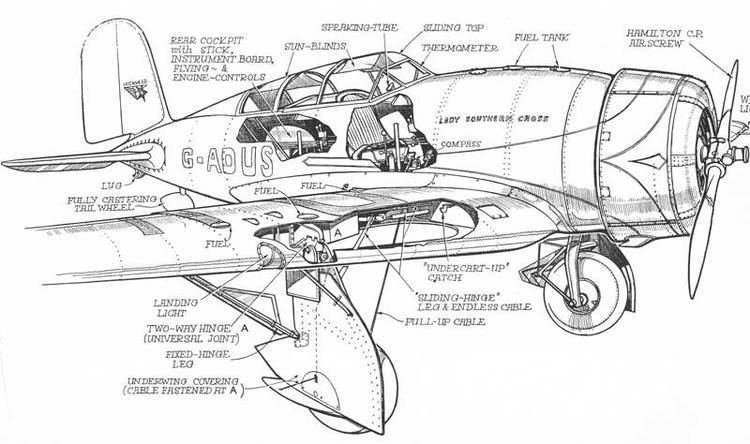
Development and design
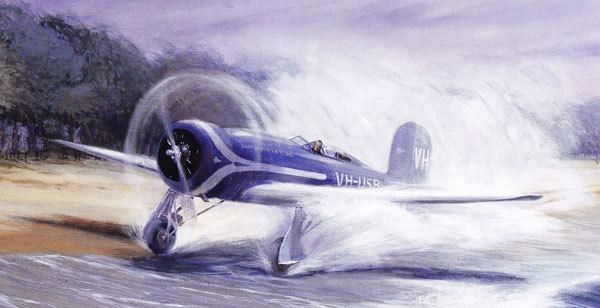
Lockheed designed an alternative wing fitted with a retractable undercarriage for the Lockheed Sirius as a result of a request from Charles Lindbergh, although Lindbergh in the end chose to buy a standard Sirius. The first Altair, converted from a Sirius, flew in September 1930. Like the Sirius, the Altair was a single-engined, low-winged monoplane of wooden construction. The undercarriage, which was operated by use of a hand crank, retracted inwards.

Four Altairs following the prototype were converted Siriuses, with another six Altairs built from scratch: three by Lockheed, two by the Detroit Aircraft Corporation, and one by AiRover. The AiRover Altair, dubbed The Flying Testbed, was powered by a Menasco Unitwin engine, which used two engines to drive a single shaft. The Unitwin was used in the Vega Starliner, which never went into production.
Operational history
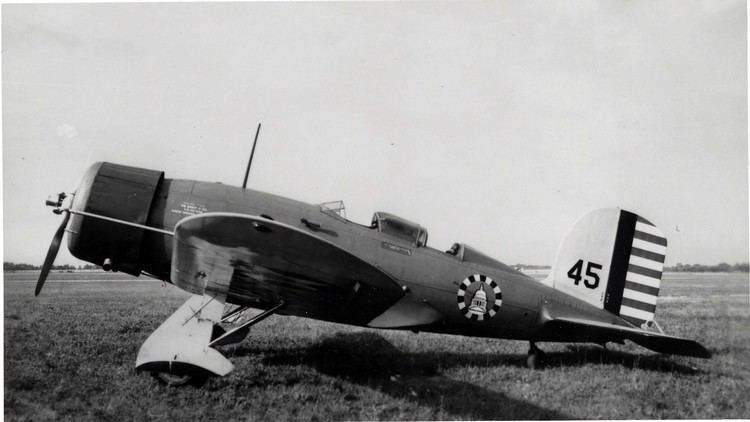
The prototype Altair was purchased by the United States Army Air Corps and designated Y1C-25, with a second Altair, fitted with a metal construction fuselage was also purchased by the Army as the Y1C-23 and used as a staff transport, as was a single similar aircraft operated by the US Navy as the XRO-1.
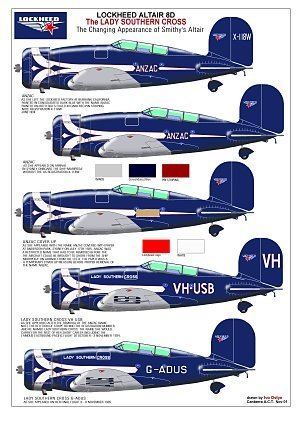
Altairs were used to carry out a number of record-breaking long-range flights. One aircraft, named Lady Southern Cross was used by Australian aviator Charles Kingsford Smith to carry out the first flight between Australia and the United States between October 20 and November 4, 1934. Kingsford Smith was killed in the early hours of November 8, 1935, flying Lady Southern Cross during an attempt on the record for flying between England and Australia.
Two Altairs were used by the Japanese newspaper Mainichi Shimbun as high-speed passenger and cargo aircraft, one remaining in use until 1944.
Variants
Operators
Specifications (Y-1-23)
Data from Lockheed Aircraft since 1913
General characteristics
Performance
